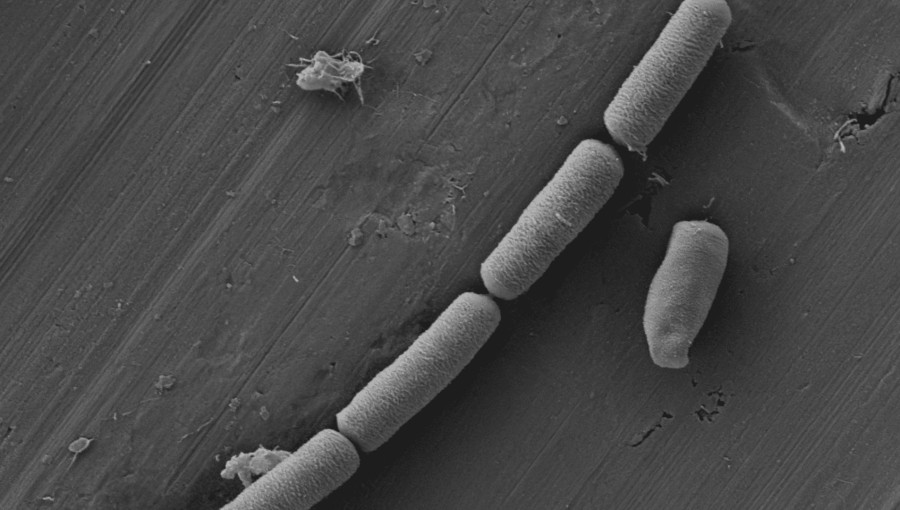Researchers at Aarhus University are making strides toward transforming buildings into functional components of the energy grid by developing a method to convert concrete into a living energy storage system. This innovative approach involves integrating Shewanella oneidensis bacteria into cement, enabling it to act as a biohybrid supercapacitor that significantly outperforms traditional energy storage solutions. The findings, published in the journal Cell Press, highlight the potential for self-sustaining infrastructure capable of storing and recharging energy efficiently.
The process centers on the unique capabilities of the added bacteria, which transfer electrons to enhance charge mobility within the cement mixture. Lead researcher Qi Luo emphasized the synthesis of structural integrity with energy storage capability, stating that the material can recover up to 80% of its initial energy capacity when supplied with nutrients. The team developed a microfluidic network to sustain the bacteria’s activity, ensuring longevity despite natural declines in microbial function over time.
In practical tests, the innovative cement maintained its energy storage properties under extreme temperatures while successfully powering an LED light when configured in a series of six blocks. The researchers envision this technology being integrated into various structures, from walls to bridges, to complement renewable energy sources like solar panels by providing localized energy storage solutions. Although still in the proof-of-concept phase, the research suggests a promising future where buildings no longer just consume energy but actively participate in the energy ecosystem, with the potential for a standard room to house up to 10 kWh of stored energy.

